Changing how risk is managed for safer drinking water
- Cranfield facilitated sharing of best practice among more than 150 risk management professionals from over 60 utilities and their stakeholders from 10 countries
- Cranfield’s research has led to a transformation in the level of ambition and the nature of risk management capability across the international water utility sector
- The work, delivered over a 15-year period, has led to a new network of risk managers in major water utility businesses around the world

Cranfield research has been the basis for the re-invention of risk management across the international water utilities sector.
The work, delivered over a 15-year period, has led to a new network of risk managers in major water utility businesses around the world: in the UK (Yorkshire Water), the US (Philadelphia Water), Portugal (EPAL) and Canada (Calgary Water). For businesses, this has meant improved risk governance, better relationships with regulators, reduced losses, and a platform for enhanced resilience. It has been a significant contributor to a structured approach to risk management from one that was historically ad hoc.
In turn, this has meant safer water and increased trust in supplies among consumers around the world.
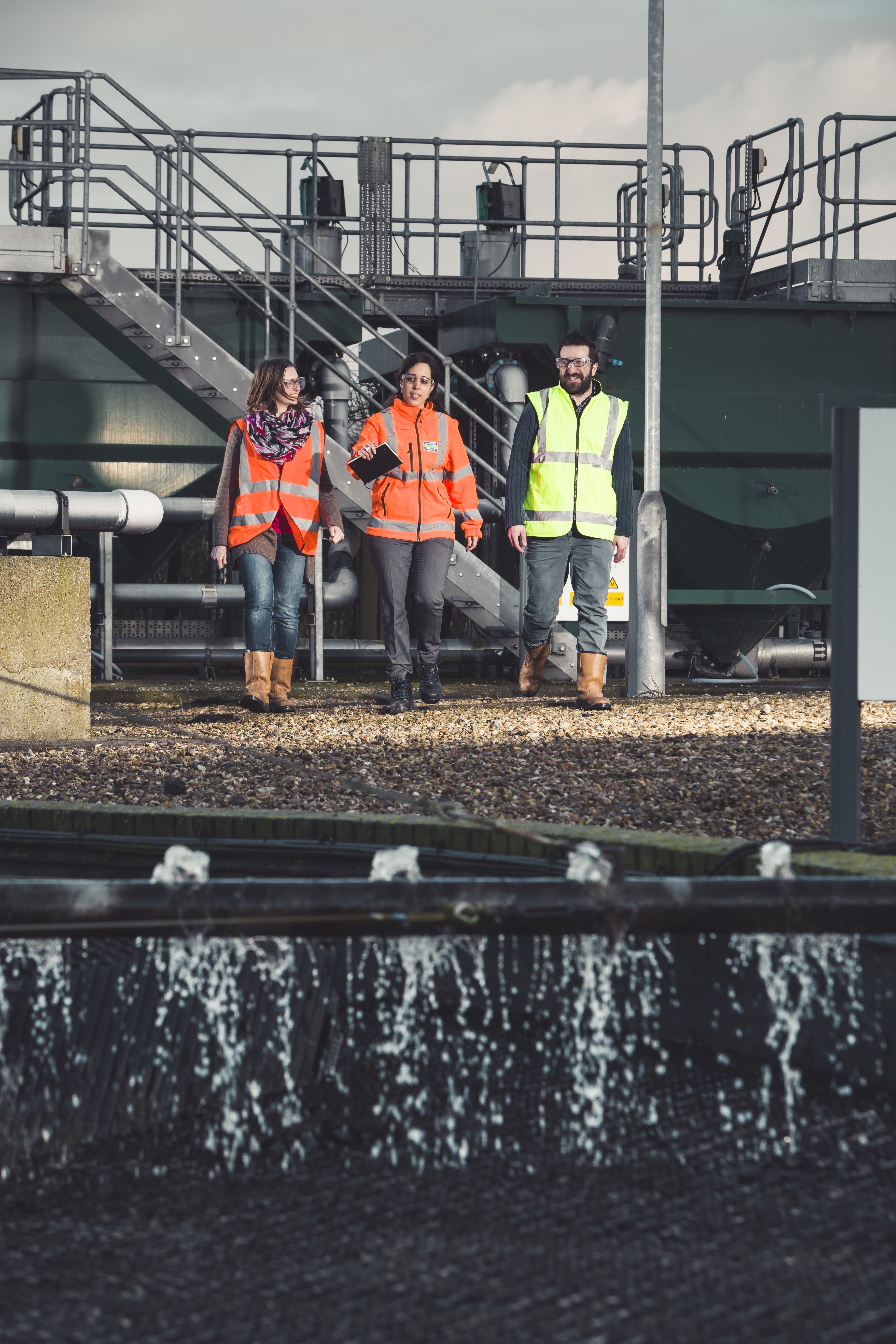
Pro-active risk management has meant improved risk governance, better relationships with regulators, reduced losses from quality issues, and an enhanced resilience.

From compliance to pro-active risk management
In 2004, the International Water Association issued the Bonn Charter for Safe Drinking Water. This outlined the sector’s recognition that compliance monitoring wasn’t enough in itself to protect customers against waterborne disease. The Charter re-asserted the commitment to preventative risk management. At the same time, the US Water Research Foundation began a platform of work on improved risk management in the sector, in response to the growing demands on senior leaders within the sector.
In practice, changing the approach — including decisions on asset management and long-term capital investment plans — needed to be founded on a wide-ranging understanding of the complexity of business risks involved and the inner workings of risk management in the water sector. The research reviewed current practice, offered innovations from other sectors and looked to promote best practice through workshops, case studies and applied research funded by international consortia of water utilities.
The Cranfield team worked closely with its water utility partners as case studies of operational (day-to-day), tactical (risks across business functions) and strategic (corporate) risks. The interviews, in-company studies and benchmarking of risk management capability highlighted an issue in the water sector in general of a lack of understanding of the role of human factors, the dynamics of risk and what makes for a ‘high reliability’ organisation.
The research established a trajectory for change, built around: an overview of risk tools and how they were being used; a new focus on human reliability and the importance of inter-agency relationships for risk management; and a strategic approach to long-term risk and futures planning based around the combination of risk ‘heat maps’ and horizon-scanning to inform long-term ‘master plans’ and organisational resilience.

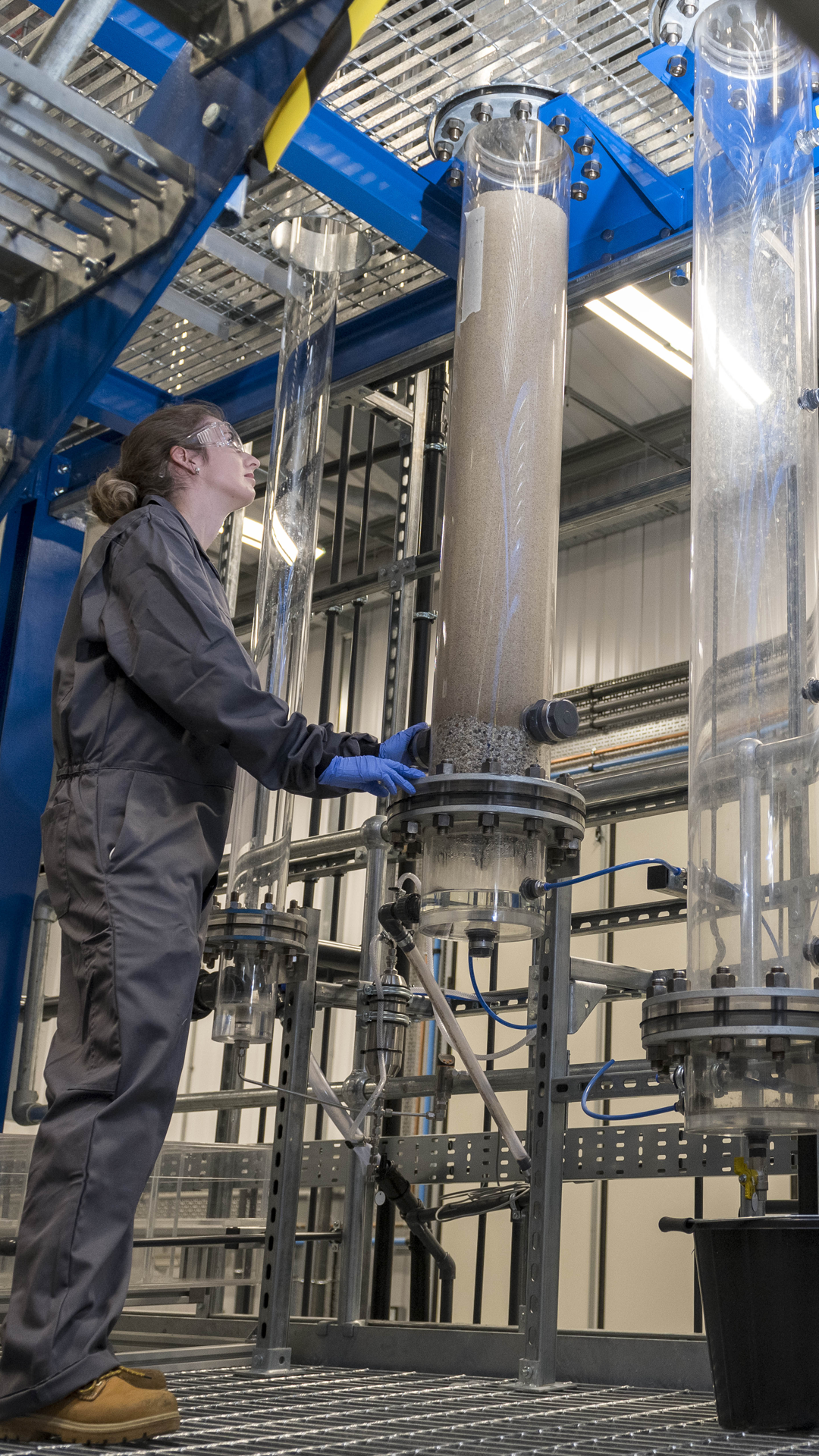

The work on risk management capability highlighted an issue in the water sector in general of a lack of understanding of the role of human factors, the dynamics of risk and what makes for a ‘high reliability’ organisation.
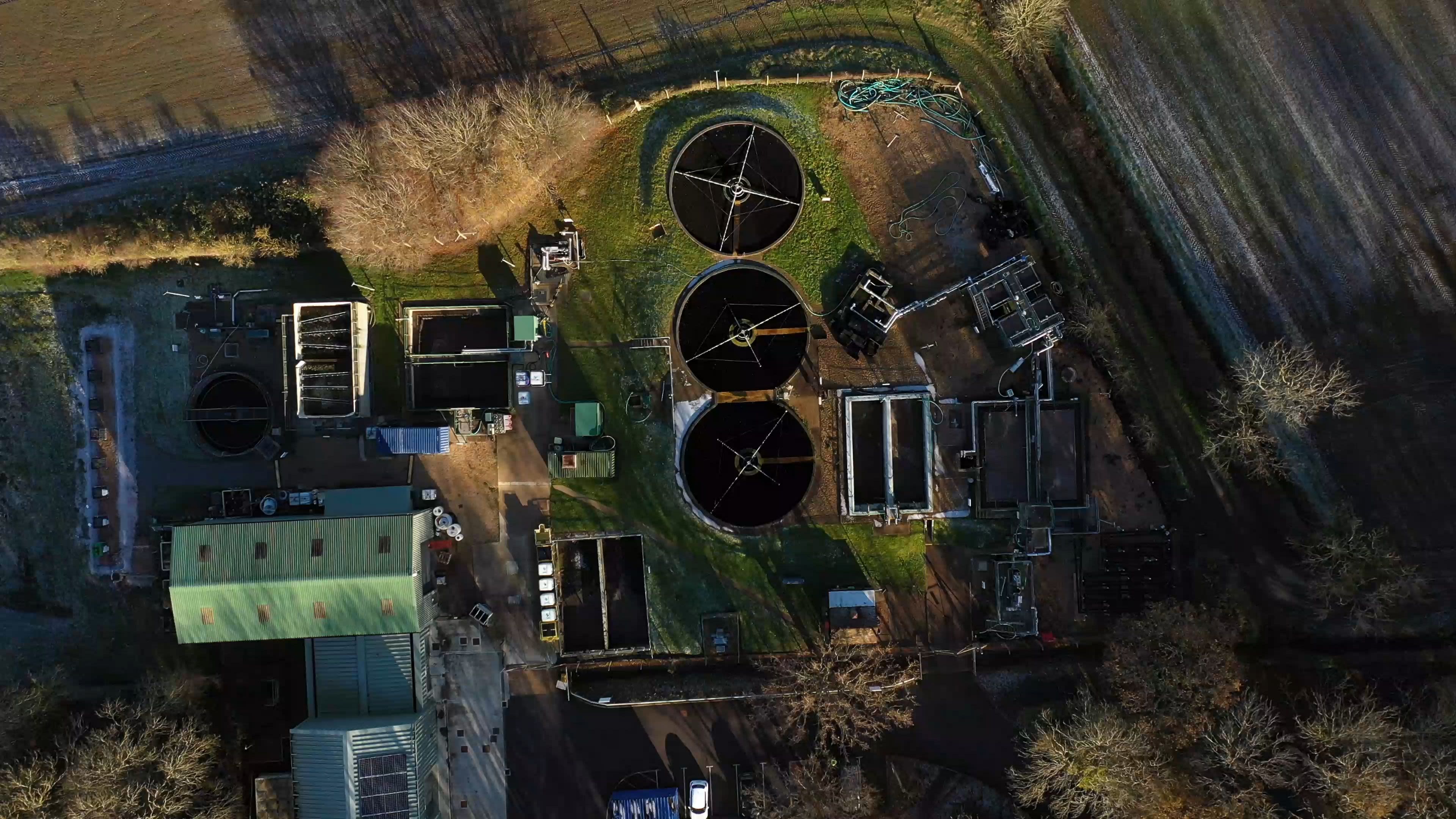
New ambition
Cranfield’s research has led to a transformation in the level of ambition and the nature of risk management capability across the international water utility sector. Built around a core network of international risk managers, the work has acted as a bridge between theory and practice, creating a new awareness of best practice, and galvanising board level, regulator and senior management collaborations.
Key impacts have included:
- active involvement from more than 150 risk management professionals from over 60 utilities and their stakeholders from 10 countries (UK, USA, Canada, Australia, Portugal etc);
- Cranfield’s risk and futures methodology embedded within EPAL’s (Empresa Portuguesa das Aguas Livres) revised Master Plan, leading to a number of significant capital investments (providing greater long-term value and resilience). EPAL also used its new risk management team to take a risk-informed approach to capital planning overall;
- a risk governance pilot study for Philadelphia Water, and input into Canada’s first standard (CAN/UL2984) on managing public risk;
- case studies on resilience in strategic infrastructure planning for the US Water Utility Climate Alliance (WUCA) and its guidance and training materials;
- a prioritised research agenda on resilience to guide future funding priorities for the US Water Research Foundation.
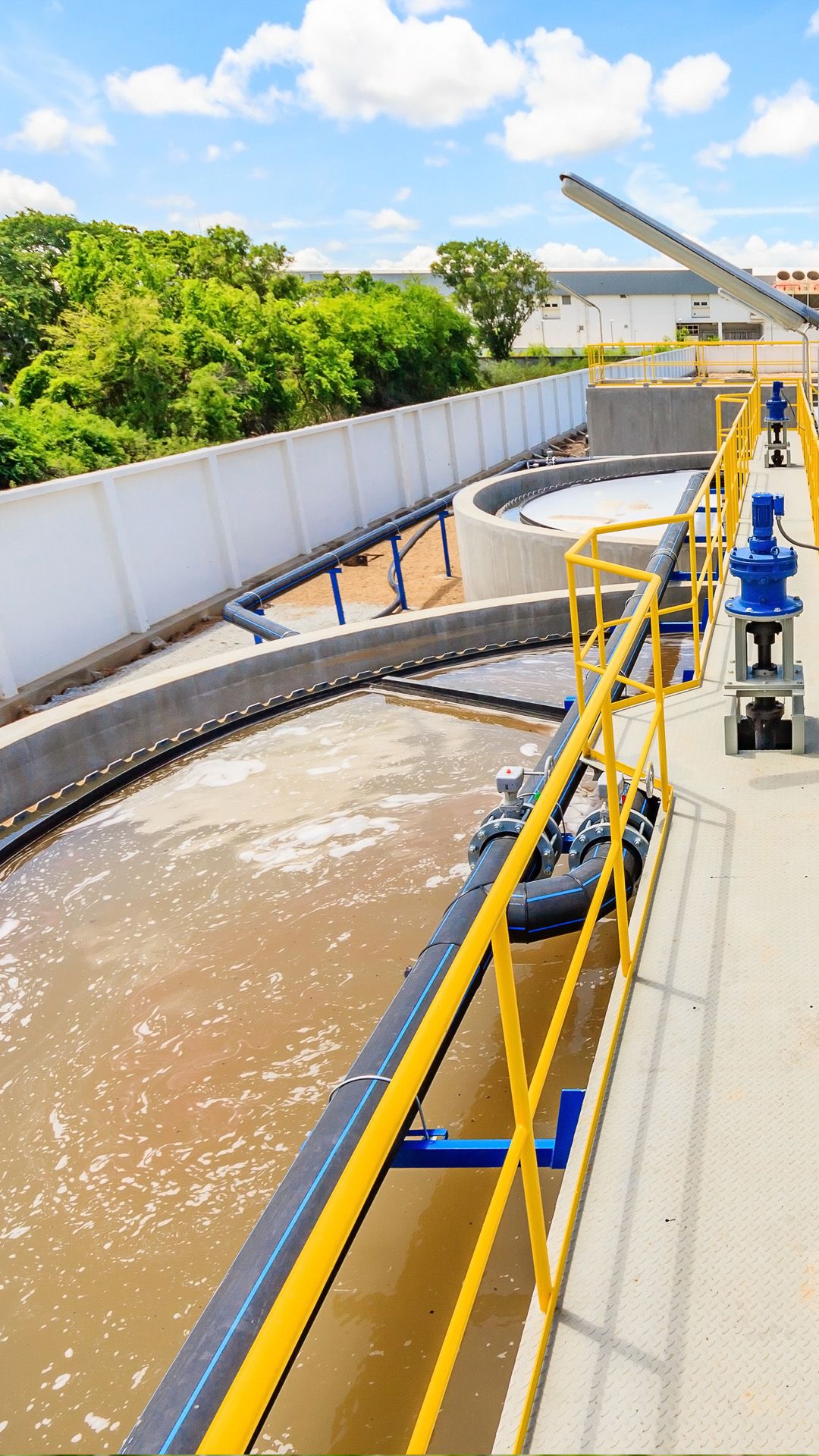
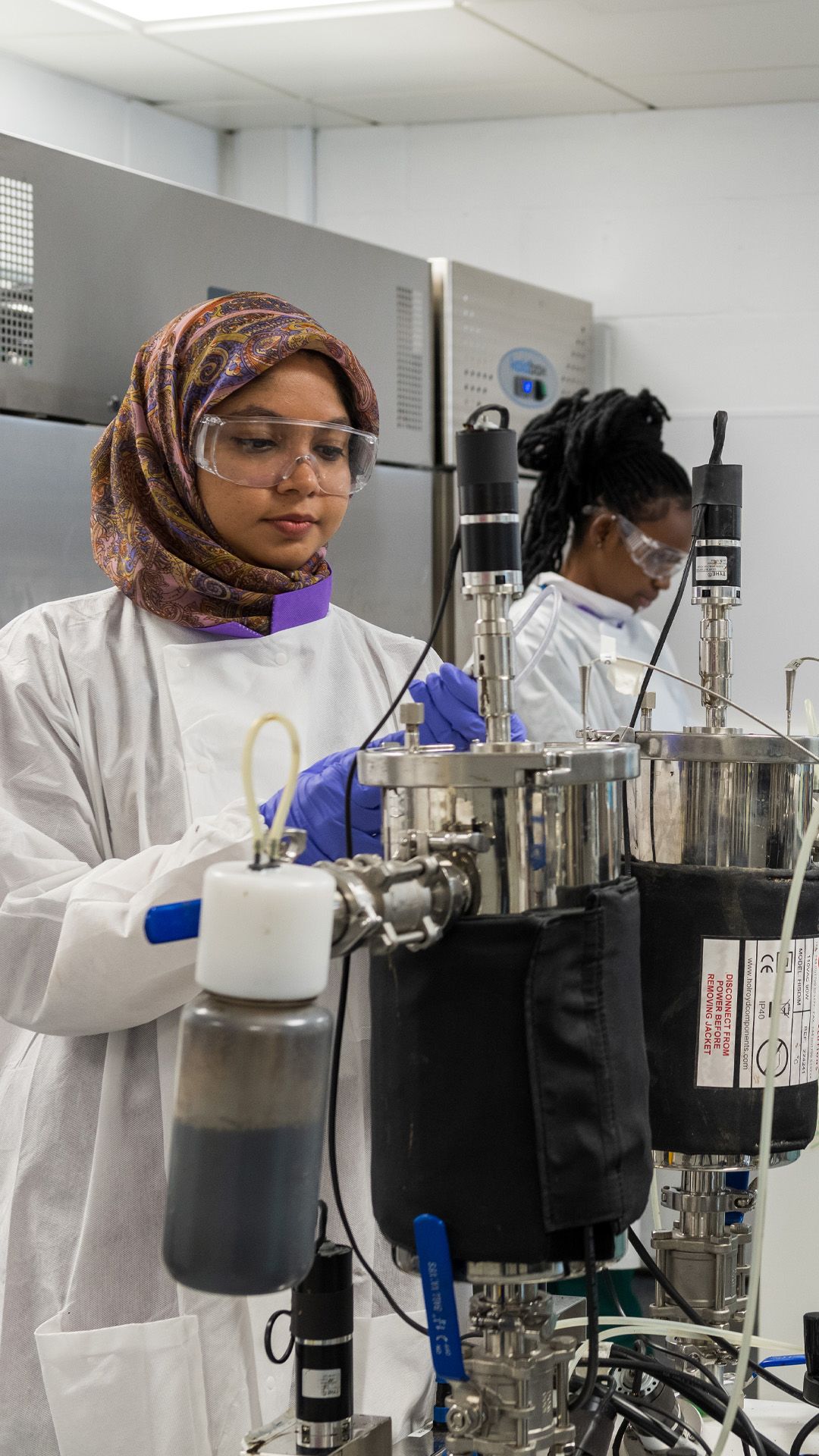

Cranfield facilitated active involvement and sharing of best practice among more than 150 risk management professionals from over 60 utilities and their stakeholders from 10 countries (UK, USA, Canada, Australia, Portugal etc).

Water
The Water theme at Cranfield University is home to the internationally recognised centre of excellence Cranfield Water Science Institute. The centre offers postgraduate taught and research degrees as well as short courses on campus or in-company. If you have ambitions, research needs, or training requirements in the areas of water we’d be delighted to hear from you.

Cookies & Privacy
We use cookies when you visit this website to analyse the web traffic, to optimise the performance and content of the website and to promote trust and security. Cookies are small text files that are stored by your Internet browser on your computer. These cookies do not include any personal information, they are only used for the duration of your web session to improve your experience. Please visit our Privacy policy (link below) for data processing details.
